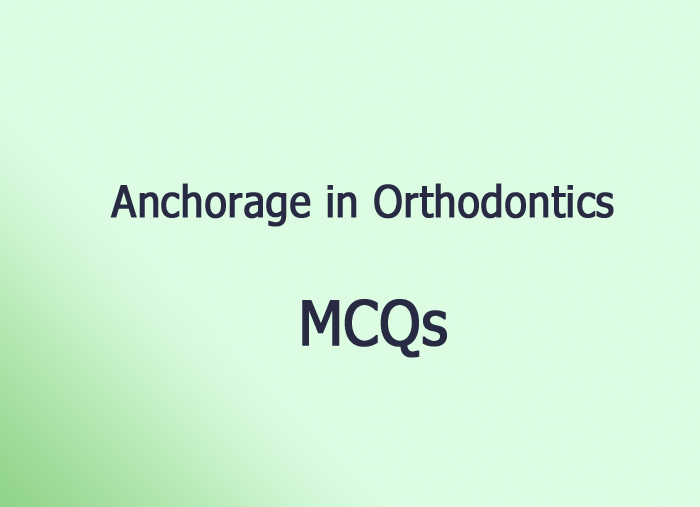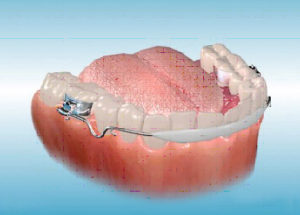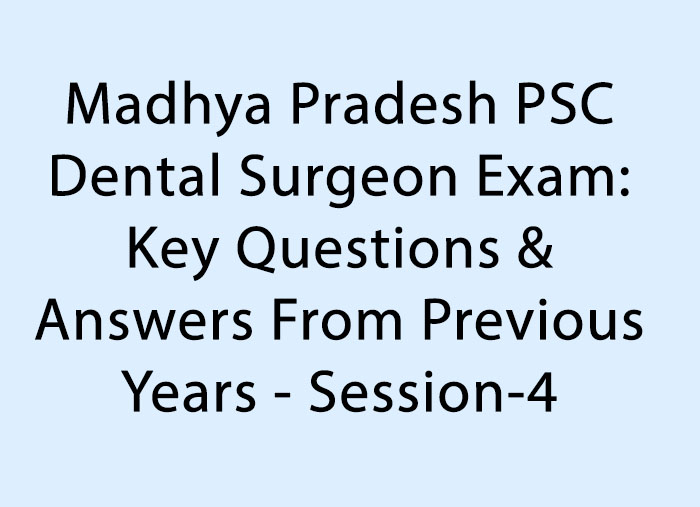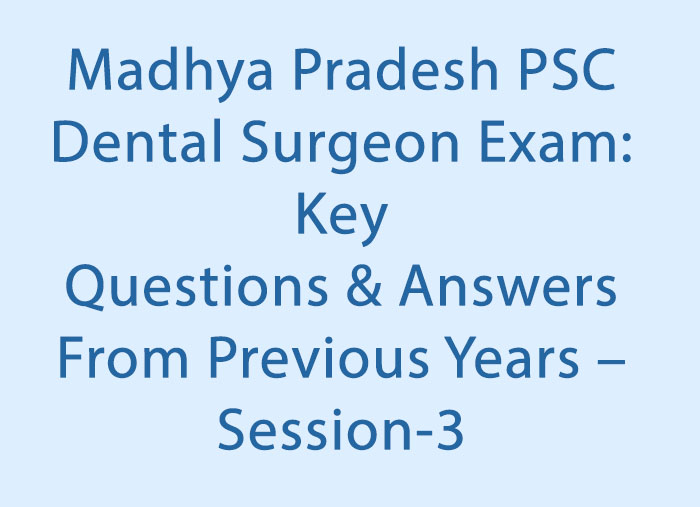- NEED HELP? CALL US NOW
- +919995411505
- [email protected]

A. Closure by tipping
B. Closure by bodily movement
C. Closure by rotation
D. Closure by intrusion
Ans. A
2. Simple retractiom of maxillary incisors using maxillary molars as anchorage is an example of
A. Simple anchorage
B. Reciprocal anchorage
C. Stationary anchorage
D. Intermaxillary anchorage
Ans. C
In stationary anchorage, the anchor teeth are not permitted to tip. If at all they have to move, it has to be by bodily movement.
3. Maximum resistance to tooth movement is given by
A. Mand molars
B. Max molars
C. Mand canine
D. Max canine
Ans. A
List of teeth in order of diminishing resistance
A. Mand molars
B. Max cuspids
C. Mand cuspids
D. Max molars
E. Max centrals
F. Mand bicuspids
G. Max bicuspids
H. Max laterals
I. Mand incisors
4. Anchorage is better provided by
A. Single rooted teeth
B. Multi rooted
C. Narrow rooted
D. Small rooted teeth
Ans. B
Anchorage is better provided by curved multiple roots than single straight rooted tooth
5. Which of the following is related to occipital anchorage
A. Intraoral force
B. Tipping a tooth
C. Extraoral force
D. Bodily movement of anchor
Ans. C
Occipital anchorage is an example of extraoral anchorage. Various anatomic sites used for extraoral anchorage are occipital region, cervical region, parietal region , frontal , chin etc..
6. The use of lip bumper to gain space is an example of
A. Reciprocal anchorage
B. Muscular anchorage
C. Simple anchorage
D. Extraoral anchorage
Ans. B
Lip bumper to gain space is an example of muscular anchorage
Nancy palatal arch and lingual holding arch are examples of cortical anchorage
7. Lip bumpers are used to move
A. Lower molars mesially
B. Lower molars distally
C. Upper incisors labially
D. Upper molars distally
Ans. B

8. If incisor overjet increases during treaatment of a class II div 1 case, it is due to
A. Loss of anchorage
B. Severe opening of bite
C. Loss of retention
D. All of the above
Ans. A
Features of anchorage loss in class II cases
● Canine relation stable and unchanged
● Molar relation becoming more class II – upper molars moving forward
● Increase in overjet
9. In maximum anchorage cases the anchoring unit should not move more than________ percentage
A. 0%
B. 25%
C. 50%
D. 75%
Ans. B
10. Which of the following intra oral anchorage saver provides anchoragein all 3 planes
A. Sved bite plane
B. Head gear
C. Nance palatalarch
D. Transpalatalarch
Ans. D




